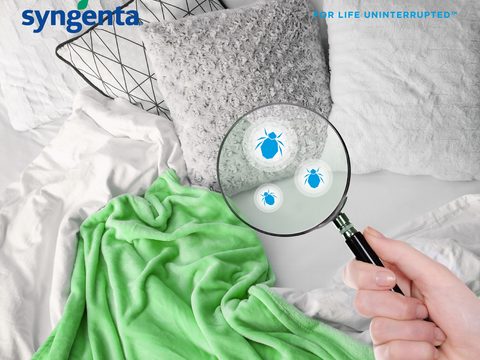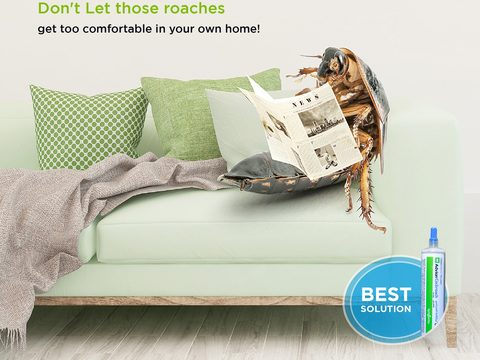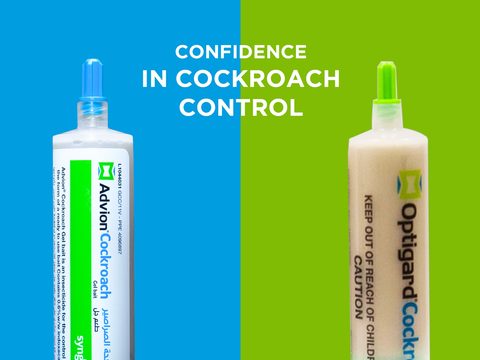Knowledge of rodent behavior is essential to maximize control

Rodents are often a huge concern for customers, as they are a public health risk and can cause damage to property. The house mouse (Mus domesticus), the Norway rat (Rattus norvegicus) and the roof rat (Rattus rattus) are the three most common rodents in urban environments1, so it’s imperative to know how to identify and control them2.
A proper inspection is the first step to developing an integrated pest management (IPM) plan that will be successful3.
When inspecting any property, make sure you have the following items:
- Flashlight
- Mechanic’s mirror
- Screwdriver
- Ladder
- Gloves
You’ll also want a diagram of the interior and exterior of the structure.
Use this to create accurate inspection aisles and to identify potentially problematic areas4.
Results of a good inspection should provide:
- Extent and severity of infestation
- Identification of rodents on premises
- Location of rodent harborages
- High-activity areas
- Most efficient control strategies
Once the inspection is complete, communicate problems with the customer. Inform them of any sanitation or structural issues that need to be addressed to combat the infestation. Use written documents, photos, diagrams, and videos to help illustrate problems and solutions.
By creating a plan and being knowledgeable about biology, ecology, and inspection techniques, you can help keep your customers’ structures rodent-free all year long. For more information about rodent control visit www.syngentappm.com




